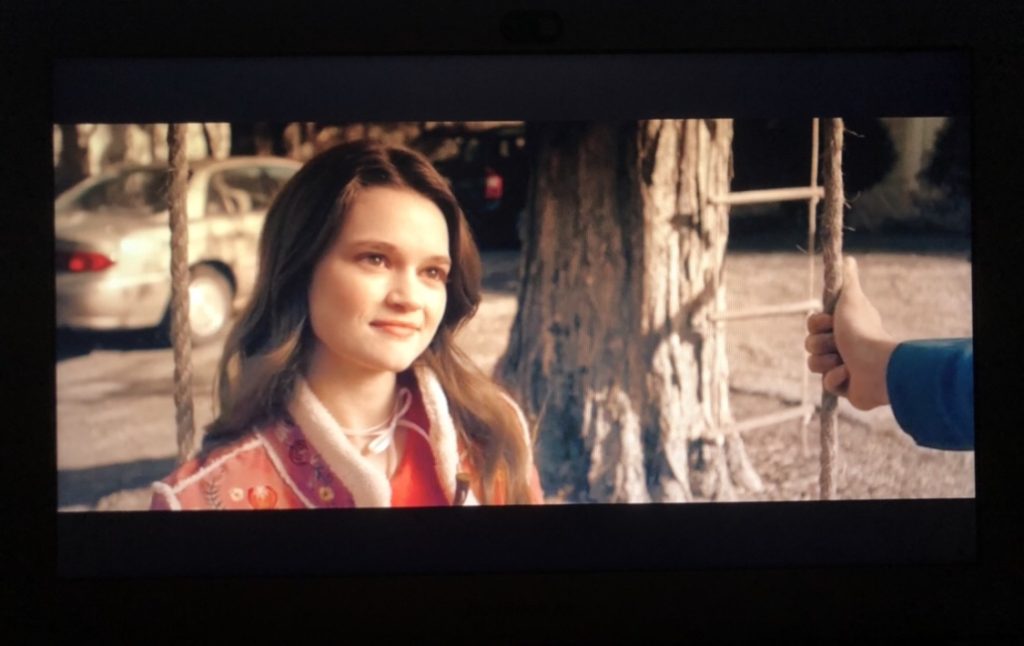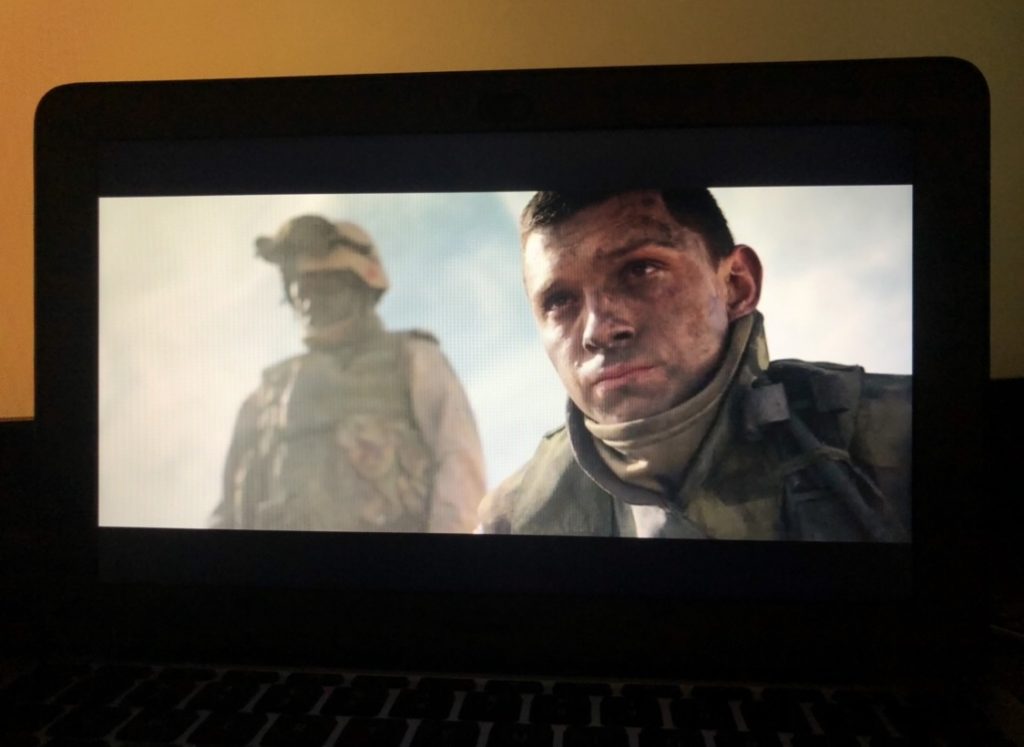‘Cherry’ Review: The Movie that Tackles PTSD & the Opioid Epidemic
May 20, 2021
Tom Holland gains praise from swinging far from the friendly neighborhood Spiderman, as war-veteran, Cherry.
Author Nico Walker wrote, published, and then sold the creative rights to his auto-fictional novel Cherry, which became the film, all behind bars.
Directors Anthony and Joe Russo shift the focus from their work in the Marvel Cinematic Universe (MCU) to the film that follows Cherry, played by Holland from its prologue set in 2007 to present, 2021.
The crime drama follows Holland as his unnamed character gets caught up in robbing banks to sustain his opioid addiction. The film’s continuity establishes that he was just an average college student turned soldier prior to committing crimes in his life, dating the start of the film back to 2002.
His college days, full of relatable detours and mistruths, led to his enlistment in the Army during the war in Iraq as a medic. Before he’s off to basic training, he finds Emily, his love interest played by Ciara Bravo.

Both performers, mesmerized by each other, build the chemistry driven by their pheromones and the substances they abuse.
The film depicts their relationship through interesting clips of poetic imagery that lead to more questions than answers.
In one scene, as Emily describes her relationship with her parents, the scene cuts to her envisioned through Cherry, zoomed in, on a dolly with a black eye.
In another set, during his examinations, while in basic training, a light flashes the camera into a tunnel of flesh which is meant to be the view of Cherry’s rectum.
The film continues to sprinkle vexing imagery while Holland narrates the scene, defeating the chance for the audience to process what’s in the frame until it’s too late.
The movie does go as far as to start Cherry’s character arc before meeting Emily. His relationships with his friends and the world of drugs are familiar to him due to constant panic attacks.
The world around them seems to be battling change and heartbreak, just as the two lovers. Leading up to Cherry’s departure, his social bubble set the tone for the view on the war overseas. The movie, however, does not include Cherry’s intermediate family throughout the film until their presence is needed. It’s just between the leading couple.
As the film attempted to deal with addiction issues during the opioid epidemic, I wished to see more of Cherry’s family life. However, the separation from the typical “coming of age family story,” is understandable through Cherry, from the lack of family ties. This was meant to demonstrate how destructive the addictive lifestyle can be, taking over on a personal level.
Both being lost and broken from their past, Cherry and Emily push and pull for one another when a crisis arises. The movie romanticizes their relationship driven by the thrill of heroin and temporary highs; amidst the madness and dark side of PTSD.
The film is beautifully depressing.

The running time being 141 minutes does seem dragged then needed to understand Cherry battling off his demons. The film loops themes of depression, love, and purpose to find its way back to Cherry prior to his junkie self.
Cinematic slow-motion shots of falling in love to shooting “hajis” in a boxed aspect ratio during Cherry’s time at basic training are just a few of the juxtaposing clips shown.
Although the storyline is straightforward, from the intensity set by the trailer, the movie fluctuates in its mood between calming to extremely heavy visuals of war and medical emergencies.
Cherry is NOT to be watched around children.
The film does not shy away from moments that’ll make you cover your eyes or look away. The movie’s hard to watch hospital visits to emotional scenes of epiphany, help open into the world of our troops as they assimilate to war and then back to everyday society.
Holland’s “baby face” innocence was perfect casting to capture his oblivious and distinct difference from the men in the military around him. However, the war does build him to be mentally and physically capable of providing medical assistance, the Russos breakdown how the damage is done deeper than just “time spent serving our country.”
Cherry’s time in the Army takes up the second and third parts of the movie’s first half. The ridiculous yet fascinating nature of the military preparation serves as appreciation and raw insight into the stripping down of a human.
Along with Holland’s narration, he occasionally “breaks the fourth wall,” looking directly into the camera and/or speaking to the viewer.
He does this to share his thoughts in that given moment which is explained already through his separate narration. Since it wasn’t overbearing, his few moments speaking to the camera set a level of acknowledgment of the insanity around him. It’s quite needed in order to understand why he ends up making the majority of his decisions, creating a reason to root for him.
The remaining half of the movie is focused on his return to society as a “dope fiend.”
Life in the states proves that Cherry is no longer the same person as he was, walking amongst normal people that aren’t aware of his story or the complexity of his health.
After losing 27 pounds to bulk up but due to retakes needed in post-production, Holland had lost over 60 pounds after shooting from October 2019 to February 2020.
His commitment and charm have led audiences to rave the antihero in awe and respect. Predictions for Oscar nominations for both leading actors have also come up after the film’s release; which I fully stand by.
Cherry is currently in select theaters and can also be streamed on AppleTV+.













